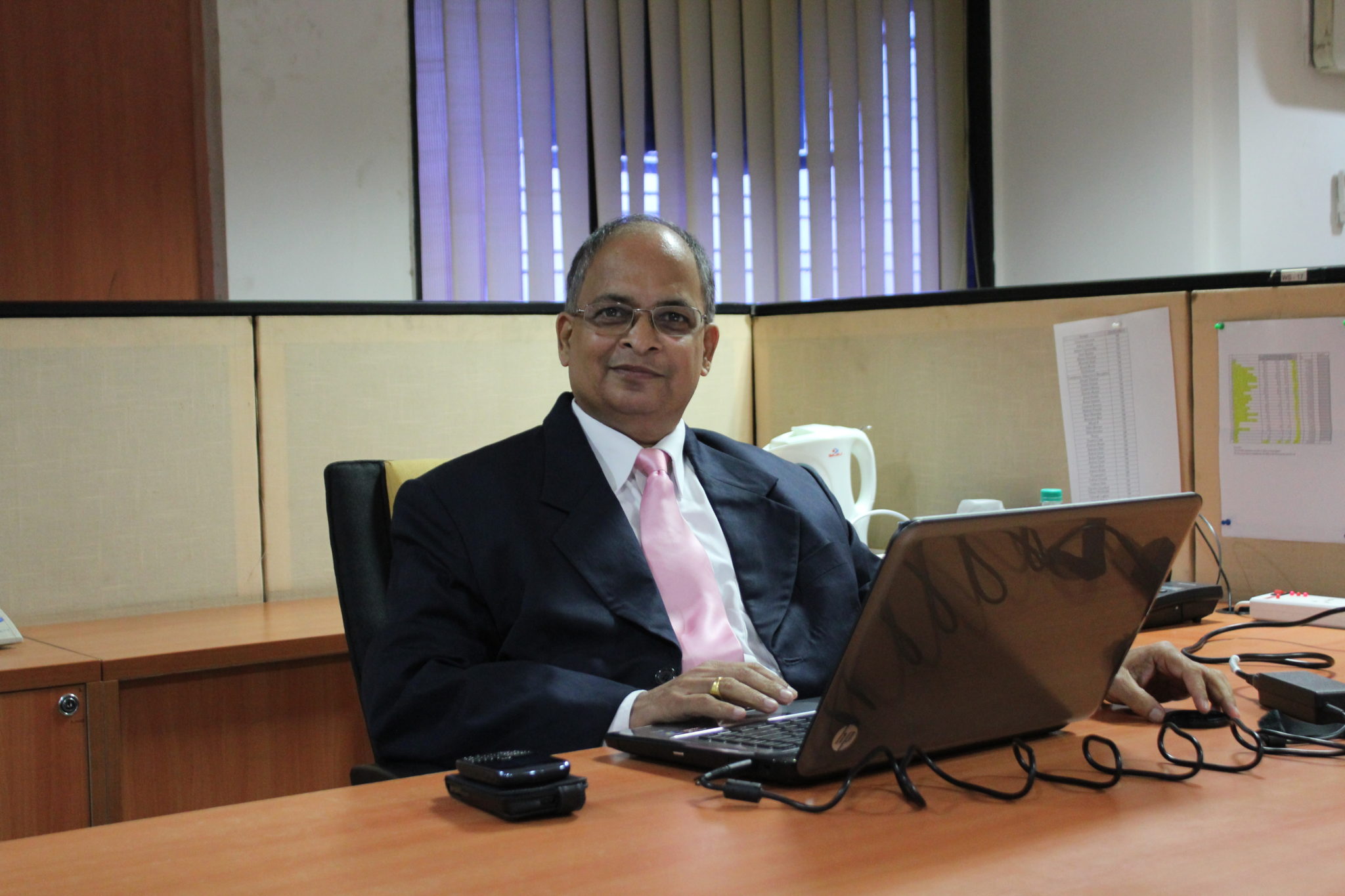 With everything going digital in the country, banks are also striving hard to provide online payments facility to their customers. Digital payments is the future of the industry, Prakash Joshi, Chief Operating Officer, (COO), Electronic Payment and Services Ltd, tells Akanki Sharma of Elets News Network (ENN)
With everything going digital in the country, banks are also striving hard to provide online payments facility to their customers. Digital payments is the future of the industry, Prakash Joshi, Chief Operating Officer, (COO), Electronic Payment and Services Ltd, tells Akanki Sharma of Elets News Network (ENN)
How do you see the future of Digital Payments both within and outside the country?
Digital payments is the future of banking and retail industry. The rapid adoption of smartphones and tablets is leading to a convergence of the offline and online world, further opening the value chain to innovative payments systems and processing. Digitisation has the ability to automate processes (take a lot of work that is currently done manual and therefore error-prone) and to transform these into ones that deliver the same outcome every time, along with eliminating manual work and errors. This can shave off large parts of the cost structure that bank CEOs have considered unapproachable till now.
A recent analysis shows that over the next five years, more than two-thirds of banking customers globally are likely to be “self-directed” and highly adapted to the online world. In fact, these same consumers already take great advantage of digital technologies in other industries i.e. booking flights and holidays, buying books, clothing and music, and increasingly shopping for electronic gadgets, groceries and even booking a taxi via digital channels. Once a credible digital-banking proposition exists, customer adoption will be breathtakingly fast and digital laggards will be left exposed.
Why do you think Digital Payments have an advantage over traditional payments system?
Banks incur a lot of cost in traditional working and the alternate channels. For banks, there are two areas that are especially significant and represent the bulk of cost- automation of servicing and fulfillment processes and migration of front-end activity to digital channels. On automation, banks can realise 40-60 per cent cost reductions in internal processes through careful deployment of work-flow tools and self-servicing capabilities for customers and staff. On front-end transformation, beyond diverting existing branch activity into digital channels, digital tools can also be used to augment frontline servicing easily doubling staff productivity and enhancing the customer experience.
“In India, almost everyone has a mobile phone and it’s fast becoming an indispensable tool for ecommerce. Digital payment via mobile wallets and payment on delivery could be the next big business”
What is the current market size of Domestic Digital Payments in India?
In 2012, RBI proactively envisioned and encouraged electronic payment systems for ushering in a cashless society in India and to ensure payment and settlement systems in the country are safe, efficient, interoperable, authorised, accessible, inclusive and compliant with international standards. The overall regulatory policy stance was oriented towards promoting a cashless, paperless society, the “green” initiative. Since then, according to a report by IAMAI & PCI, digital payments in India was expected to touch Rs 1.2 trillion by December 2014, a 40 per cent increase from Rs 85,800 crore in 2013, driven by growing Internet penetration, growth in ecommerce and the ease of online payments adopted by the tech-savvy populace of India. The market for payments made through digital medium has grown at a CAGR of 10 per cent between 2010 – 2013.
In India, almost everyone has a mobile phone and it’s rapidly becoming an indispensable tool for ecommerce. Digital payments via mobile wallets and payments on delivery could be the next big business. India is an enormous and extremely unique market with an emerging payments industry that is poised for dramatic growth, aided by the national government campaign ‘Digital India’.
As opportunities flourish, success will make its usual demands i.e. executing excellence, controlled risk-taking, innovative distribution and careful customer relationship management. More importantly, however, it will demand solid understanding of the facets that truly distinguish this market from others and a genuine openness to innovation and building strategic alliances. Many large ecommerce marketplaces have their own payment systems like Amazon, Alibaba and eBay. The strategies and actions of established domestic players like Flipkart, Snapdeal, Paytm etc. and new global entrants like Apple Pay, Google Wallet, Samsung Pay etc. will together define the contours of this rapidly emerging payments market in the country.
Elets The Banking and Finance Post Magazine has carved out a niche for itself in the crowded market with exclusive & unique content. Get in-depth insights on trend-setting innovations & transformation in the BFSI sector. Best offers for Print + Digital issues! Subscribe here➔ www.eletsonline.com/subscription/





















